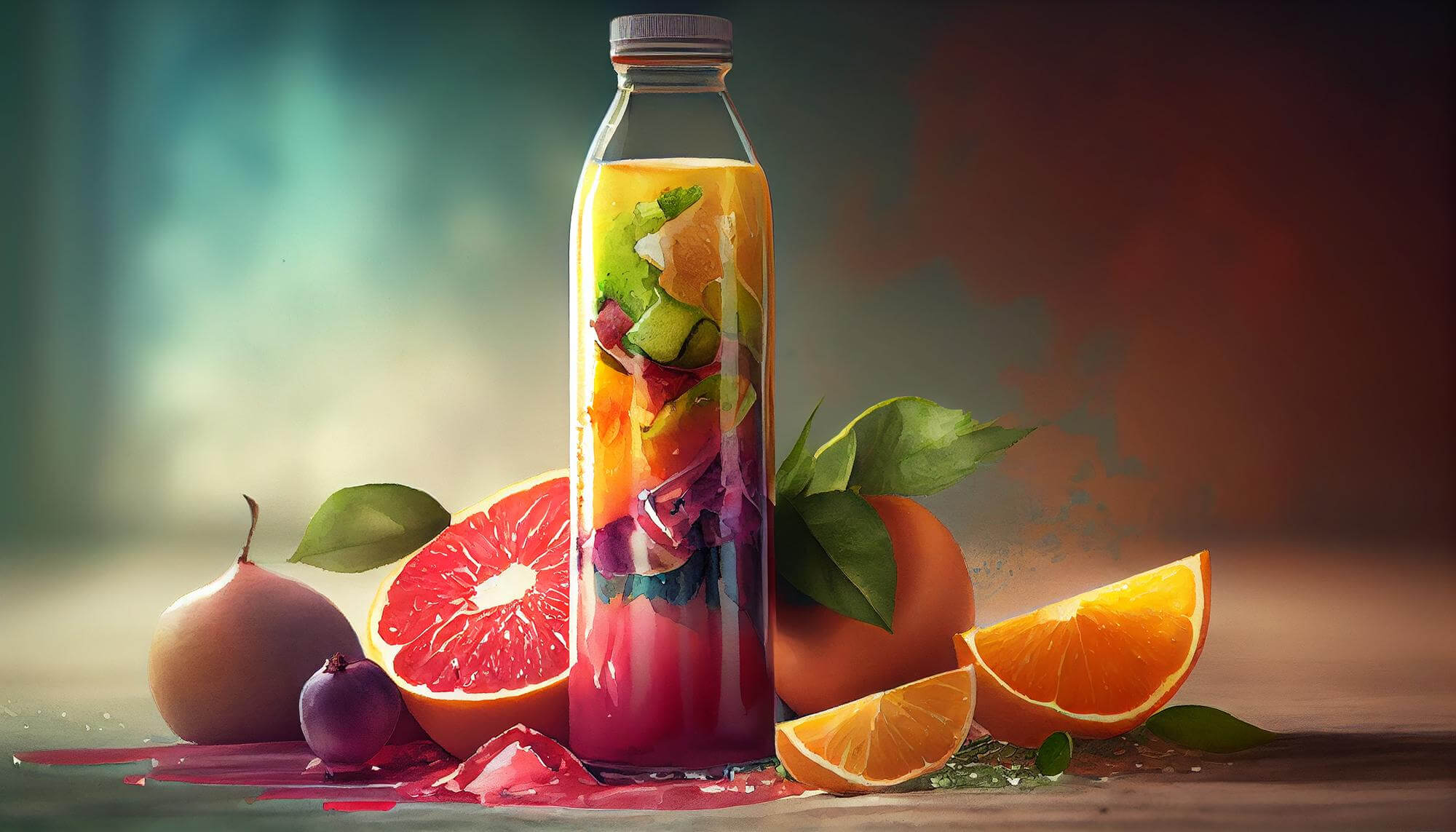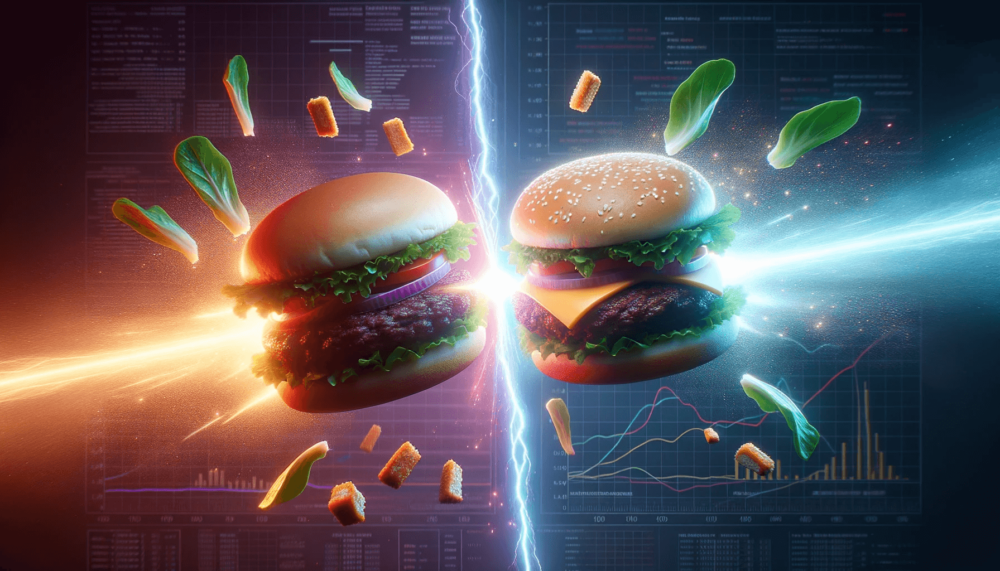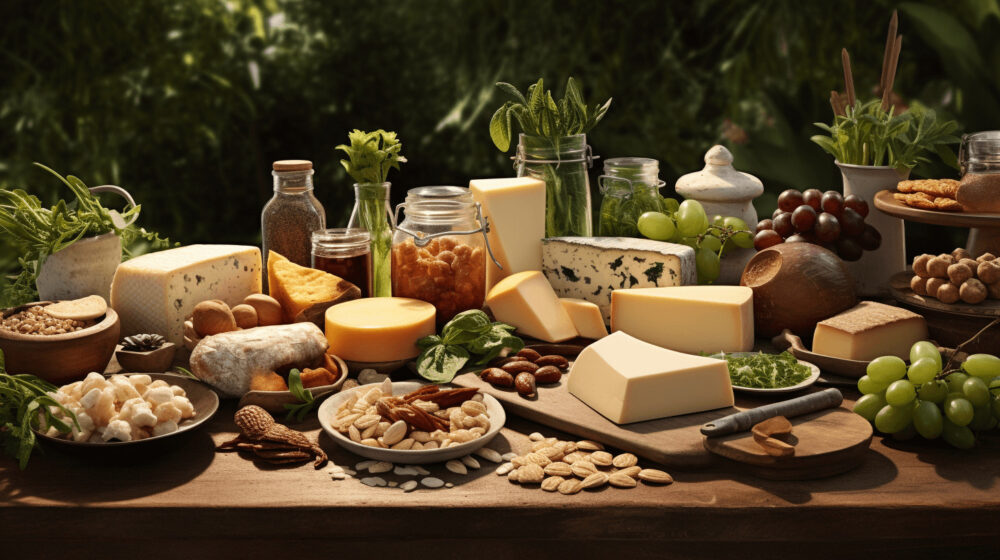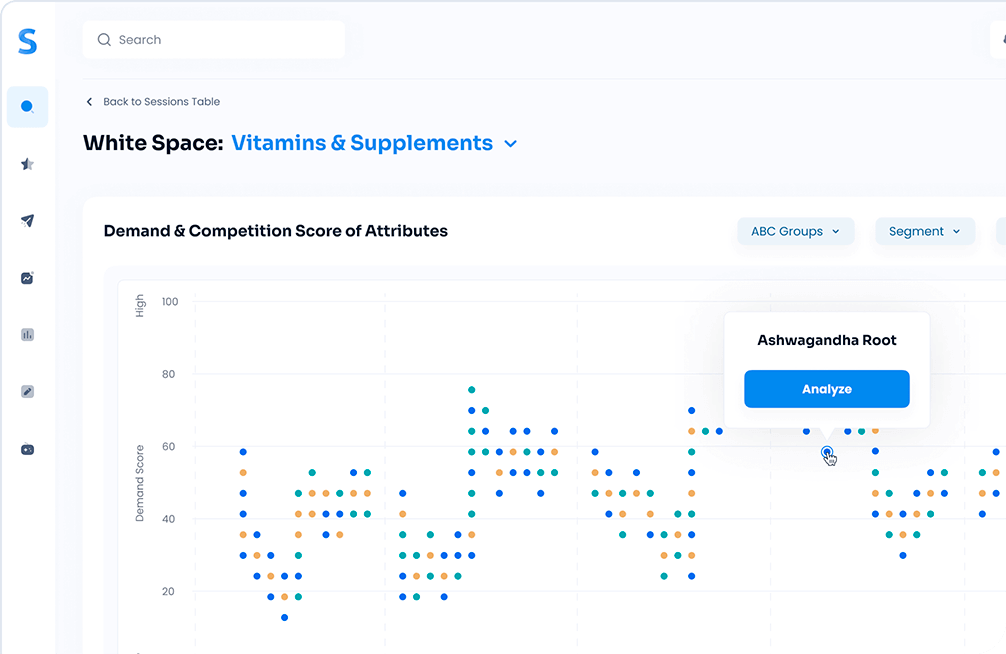The bottled water market has come a long way from its humble beginnings. Once a simple commodity, it has evolved into a diverse landscape teeming with options. But it’s not just about quenching thirst anymore. The latest wave in this industry is the rise of nutrient and flavor-infused waters, turning the simple act of hydration into a multi-sensory experience. These innovative products are not only redefining what consumers expect from bottled water but are also setting new benchmarks for the broader beverage industry. The objective of this article is straightforward yet compelling: to delve into how infused waters are altering the landscape of consumer expectations for hydration. So, whether you’re a market leader, a challenger brand, or simply someone interested in the future of hydration, read on. This evolution is one you won’t want to miss.
History of Bottled Water Market

As we’ve established, the bottled water market is undergoing a transformation. But to fully appreciate this shift, it’s essential to look back at its origins. Bottled water has been around for centuries, initially prized for its purity and often sourced from natural springs. In the 20th century, the market began to expand, with companies promoting the health benefits of mineral-rich waters. Consumer preferences leaned heavily towards purity and mineral content, with brands building their reputations on these attributes.
Here’s an intriguing tidbit: The first bottled water in the U.S. was sold in Boston in the 1760s, long before the concept of branding even existed. It was considered a health tonic, and its popularity set the stage for the commercial bottled water industry we know today.
Fast forward to the present, and the market has exploded in size and scope. According to data, the global bottled water market has grown at an average annual rate of 7% over the last 30 years. This impressive growth rate underscores the market’s resilience and adaptability, as it has continually evolved to meet changing consumer demands.
So, as we turn our attention to the latest chapter in this story—the rise of infused waters—it’s clear that the bottled water market has always been more than just a backdrop. It’s a dynamic player in the beverage industry, capable of reinvention and ripe for innovation.
The Rise of Infused Waters

Building on its rich history and adaptability, the bottled water market is now embracing a new trend that’s capturing consumer attention: infused waters. These aren’t your typical flavored beverages. Infused waters come packed with nutrients, vitamins, and natural flavors, offering a wellness boost along with hydration. They’re turning the simple act of drinking water into a holistic experience.
The market trends are hard to ignore. Infused waters are experiencing a surge in popularity, driven by a consumer base increasingly focused on health and wellness. Recent data shows that the infused water segment now accounts for nearly 10% of the total bottled water market. This is more than just a fad; it’s a significant market shift that’s here to stay.
Brands are taking note. Companies like Vita Coco, Hint, and Bai have carved out a niche, offering everything from coconut water infused with pineapple to water laced with antioxidants. These brands are not only diversifying the market but also raising the bar for what consumers expect from their bottled water.
So, what’s fueling this trend? It’s a blend of factors, from a growing awareness of the importance of hydration to a desire for products that offer more than just basic functionality. Consumers are looking for beverages that can do double duty—hydrate and nourish. And infused waters are stepping up to meet this demand.
As we explore this evolving landscape, it’s clear that infused waters are more than just a passing trend. They’re a testament to the bottled water market’s ability to innovate and meet consumer needs, setting the stage for what promises to be an exciting future.
Consumer Expectations: Beyond Basic Hydration

As we’ve seen with the rise of infused waters, the bottled water market is not just responding to trends—it’s actively shaping them. This is particularly evident when we examine evolving consumer expectations. Hydration is no longer the sole game in town. Today’s consumers are seeking a more comprehensive experience that aligns with broader health and wellness goals.
The wellness movement has had a profound impact here. As people become more health-conscious, they’re not just looking for hydration; they’re looking for hydration-plus. Whether it’s added electrolytes for better athletic performance or antioxidants for overall well-being, functional waters are gaining traction. These products offer targeted benefits, making them increasingly popular among consumers who want more from their beverages.
Flavor variety and sensory experience are also climbing the ladder of consumer priorities. Gone are the days when water was just a thirst-quencher. Now, it’s an experience that engages multiple senses. Brands are experimenting with exotic flavors like dragon fruit and cucumber mint, elevating the act of drinking water to something akin to a mini-vacation for your taste buds.
In summary, the bottled water market is undergoing a transformation that’s driven by consumer demand for products that offer multiple benefits. Infused waters are meeting this demand head-on, offering not just hydration but a range of other advantages that align with modern lifestyle needs. The market is no longer about just meeting a basic need; it’s about enhancing life, one sip at a time.
Key Ingredients and Flavors
As we’ve established, today’s consumers are seeking more than just hydration from their bottled water. They’re looking for an enhanced experience, and that’s where key ingredients and flavors come into play. The infusion game is strong, with a variety of elements making their way into these beverages.
Commonly used ingredients include vitamins like B12 and C, as well as electrolytes such as potassium and sodium. These additions aim to offer targeted health benefits, from boosting energy levels to aiding in post-workout recovery. According to Simporter, erythritol, mint, and coconut water concentrate are the top three ingredients for flavored water. This data point underscores the market’s focus on natural, health-boosting ingredients.

When it comes to flavors, citrus and berry have been long-standing favorites, receiving positive market reception for their refreshing taste. However, brands are now pushing the envelope, introducing more exotic options. Think flavors like acai-pomegranate or watermelon-cucumber, designed to tantalize the palate while offering a unique sensory experience.
Emerging flavors and ingredients are also making a splash. Ingredients like turmeric and ginger are entering the scene, appealing to consumers interested in anti-inflammatory benefits. Similarly, exotic flavors like yuzu and elderflower are gaining traction, offering a novel twist to the hydration experience.
In essence, the bottled water market is becoming a playground for innovation in flavors and ingredients. Brands are keenly aware that to stand out, they need to offer something unique, not just in terms of health benefits but also in flavor profiles that capture consumer interest.
Market Challenges and Opportunities
While the rise of infused waters offers a plethora of opportunities, it’s not without its challenges. One of the most significant hurdles is regulatory oversight, particularly concerning health claims. Brands must navigate a complex landscape of rules and regulations when advertising the health benefits of their products. Missteps can lead to costly legal battles and tarnished reputations.
Another pressing concern is sustainability. As the market grows, so does the environmental footprint of bottled water. Packaging is at the forefront of this issue. According to Simporter data for the flavored water market, “100% recyclable,” “Sustainable,” and “Biodegradable” are among the top 10 consumer needs. This indicates a strong consumer demand for eco-friendly options, and brands that ignore this call may find themselves falling out of favor.

On the flip side, these challenges also present opportunities. Regulatory compliance can serve as a differentiator for brands that get it right, adding an extra layer of trust and credibility. And in the realm of sustainability, innovations in biodegradable packaging or refillable bottle systems could not only mitigate environmental concerns but also serve as a unique selling point.
Personalized hydration solutions represent another exciting market opportunity. Imagine a bottle of water tailored to your specific health needs and flavor preferences. As technology advances, the feasibility of such personalized offerings becomes more likely, opening up new avenues for market growth and consumer engagement.
In summary, while the road ahead has its share of bumps, it’s also filled with opportunities for those willing to innovate and adapt. The market is ripe for brands that can balance consumer demands with responsible business practices.
Future Outlook
As we look to the horizon, the infused water market shows no signs of slowing down. In fact, it’s poised for further evolution. One key trend to watch is the rise of functional bottled water. According to Simporter data, the most sought-after consumer needs in the U.S. flavored water market are function-focused. “Focus” tops the list, followed by other functional needs like “relax,” “sleep,” and “immunity support.”

This data suggests that the future may well belong to waters that do more than just hydrate. Imagine grabbing a bottle of water that not only quenches your thirst but also helps you focus during a long meeting or unwind after a stressful day. The market is clearly signaling a shift toward products that offer targeted benefits.
In terms of innovations, we could see advancements in packaging technology, perhaps leading to more sustainable or even edible packaging solutions. Market disruptions could also come in the form of partnerships between tech companies and beverage brands, offering smart bottles that track hydration levels and even suggest when it’s time to take a sip.
In conclusion, the infused water market is at an exciting juncture. Brands that can successfully marry consumer demands for function and sustainability with innovative solutions are likely to lead the pack in this ever-evolving landscape.
Conclusion

We’ve journeyed through the evolving landscape of the bottled water market, from its historical focus on purity and mineral content to the current wave of nutrient and flavor-infused waters. The key takeaway is clear: Infused waters are not a trend but a market shift, redefining what consumers expect from their hydration experience. Regulatory challenges and sustainability concerns present hurdles, but they also offer avenues for innovation and differentiation.
According to recent data, nearly 10% of the total bottled water market is now dedicated to infused waters. This statistic encapsulates the growing importance of this segment, signaling that the market is ripe for brands willing to innovate. As consumer needs continue to evolve, focusing on function and sustainability, the market is set to become even more dynamic. Infused waters are not just changing the game; they’re setting the new rules.









